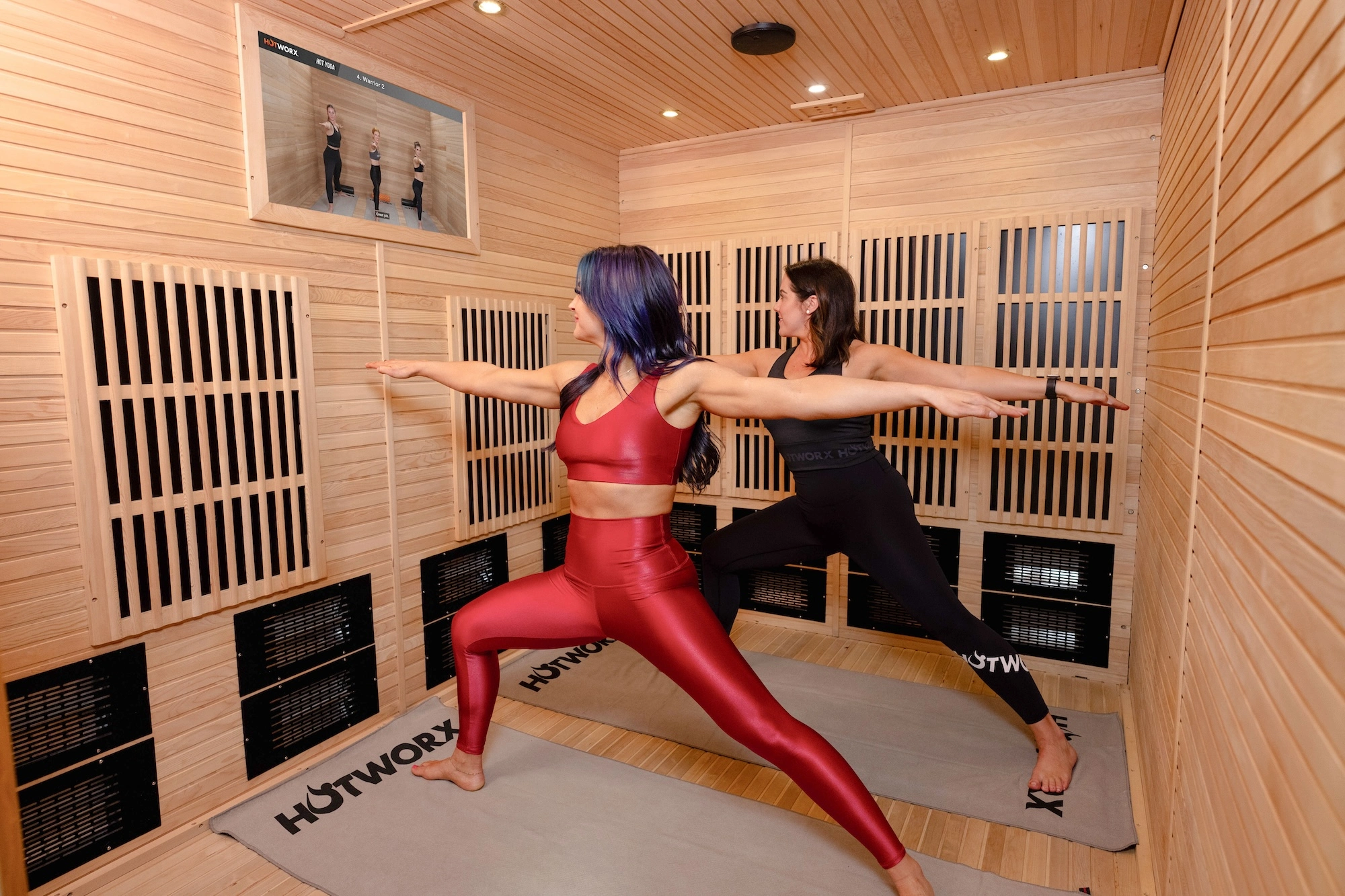Tech
Ozlo Sleepbuds hands-on: resurrected and I’ve slept so good
/cdn.vox-cdn.com/uploads/chorus_asset/file/25692080/ozlo1.jpg)
Fans of the Bose Sleepbuds will be happy to know the Ozlo buds keep what was great about the originals while making one key improvement: you can now play your own audio, not just a small library of white noise sounds. And if you want the best of both worlds, the buds can switch over from your content to white noise once they’ve detected you’ve fallen asleep. It’s been hit or miss in the few nights I’ve tried it. Some nights, I’ve fallen asleep listening to an audiobook and briefly woken up to the sound of a babbling brook. Success! Other nights, I’ve woken up the next day several chapters ahead in my book with no memory of what’s happened.
The design of the Sleepbuds hasn’t changed much. To the naked eye, everything looks nearly identical, save for the big Ozlo logo on the case instead of Bose. If you liked the Bose Sleepbuds, you’ll be happy to know these wear exactly the same. (If you didn’t like them, well, you probably won’t like these, either.) While fit will depend on the person, the buds are still super lightweight, and as a side sleeper, I didn’t feel any discomfort. They also never fell out of my ear, unlike Anker’s Soundcore Sleep earbuds. On the flip side, Bluetooth pairing remains a bit finicky. You still have to keep the buds in the case to fully pair them before you plop them in your ears. And even though they do let you listen to your own content now, these are still strictly sleep buds, so you can’t take phone calls on them and they don’t have active noise cancellation. Battery life is also unchanged, at 10 hours, and you can still set private alarms.
Both the case and buds now have biometric sensors for sleep tracking, though that feature isn’t active yet, so I didn’t get to try it. In an email, Ozlo CEO Rockwell Shah tells The Verge that there are accelerometers in the buds, while the case has light, noise, and temperature sensors. Shah says sleep tracking should arrive in early 2025. When it does, the Ozlo buds will be able to detect movement, respiration rate, sleep staging, snoring, noise disturbances, and light / temperature fluctuations in a room, so you can see how certain factors — like a snoring partner — can impact your sleep.
My biggest complaint, however, about the old Bose Sleepbuds was that they were expensive for a pair of sleep-only buds. The Ozlo Sleepbuds are $50 more at $299 — though technically they do pack in more tech. That said, Ozlo is offering an experimental beta program called Ozlo Flex where you can “subscribe” to the buds for $20 a month and cancel at any time, with free returns. (Folks who pay the full $299 upfront do not have to pay a subscription.)
I still need more time with the Ozlo Sleepbuds before I can deliver a final verdict, especially as sleep tracking isn’t available yet. Even so, I’ve clocked a few great nights of sleep and can’t help but root for them. After all, products don’t often come back from the grave, let alone better than before. There are still a few kinks that need working out, but all in all, fans of the Bose Sleepbud should rejoice.
Update, Oct 22nd: Updated spokesperson attribution to Ozlo CEO Rockwell Shah.









